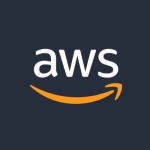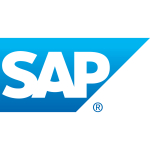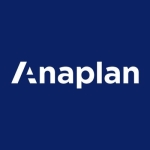What is our primary use case?
The use cases range from basic EPL to predictive analytics and spatial analytics.
How has it helped my organization?
For example, within our functions group and our larger finance organization, we have a number of use cases where people are doing a lot of manual work, mostly in Excel. This has enabled us to move away from that, resulting in not only streamlined processes and efficiencies but also a significant increase in our ability to have confidence in that data. If the need arises, we may need to refresh data or revisit something.
It essentially automates what would otherwise be some extremely tedious activities to rerun and re-perform.
What is most valuable?
I believe that the ability to leverage the gallery for scalability, as well as the general data blending functionality, is most beneficial to our core-based users. Obviously, there's a lot more to it, but these basic data prep and blending tools help us a lot.
What needs improvement?
In some ways, I believe it is not yet as integrated as it could be. I believe that the data integration inquiring component could be improved slightly.
The data integration component could most likely be improved to increase enterprise scalability.
For how long have I used the solution?
I have been working with Alteryx for two years.
It varies, but it will be the 2021 version.
What do I think about the stability of the solution?
The stability of Alteryx has been great.
What do I think about the scalability of the solution?
It is highly scalable for the vast majority of things you want to do. When it comes to extremely large data sets or very specific analytics that would be delivered at an extremely high scale, either really, really tremendous scale or tremendous volume may be problematic. However, those are only a small number of possible scenarios. As a result, it hasn't been a problem for us, but we've switched to another technology for those types of use cases.
The roles are extremely varied. We have over 100, and less than 200, but that will increase in the coming months.
We are currently at capacity in terms of licenses. So we're looking to go from the low triple digits to over 1000 in the next year, maybe a year and a half. I believe we will quadruple in the coming year.
How are customer service and support?
Technical support is quite powerful. I believe you must know how to take advantage of it, but I believe they have the necessary infrastructure in place to get you where you need to go. I believe it is somewhat incumbent on the organization to have someone serve as that contact, that partner. They're fine as long as you keep your end of the bargain.
Which solution did I use previously and why did I switch?
We switched because we wanted to. We didn't have anything that could do everything Alteryx did, in my opinion. We had some minor transformation tools and such, but nothing that could truly compete with Alteryx.
How was the initial setup?
The initial setup is straightforward.
That's something we're still working on. We started with about 100 licenses and identified areas where we thought it could add value. That has been demonstrated, and we are working to scale significantly over the next year. It's been a two to four-year journey from discovery to widespread adoption.
What about the implementation team?
The majority of the work is done in-house. We initially worked with Alteryx, but it was primarily done in-house.
What was our ROI?
It has certainly paid for itself on a per-user basis. We haven't done a group ROI yet. But it more than pays for itself. Our "highlights" are quite powerful. The more prominent business cases are extremely compelling.
What's my experience with pricing, setup cost, and licensing?
It's not cheap, but they offer a variety of packages to help you grow in practices and programs that allow you to scale effectively while also testing how deep the use can penetrate while allowing you to really reduce the risk. They offer various bundles in which they offer free licenses as well, so you can essentially see if you're able to use them consistently. Then, the next time, you can add that number or various other programs. It's probably on the pricey side, but they provide some really useful ways to grow and test.
If you're serious about scaling, you'll need a product manager, which is a major cost aside from the license.
Which other solutions did I evaluate?
We evaluated other products.
What other advice do I have?
Simply strike a balance between democratizing the use of data transformation and analytics and having a vision for how you might want to roll things out. I think it's not the easiest thing to strike that balance, but that's my recommendation. To try to have a plan, but also to make sure you're not putting up too many barriers.
I would rate Alteryx an eight out of ten.
Which deployment model are you using for this solution?
On-premises
Disclosure: My company does not have a business relationship with this vendor other than being a customer.




















